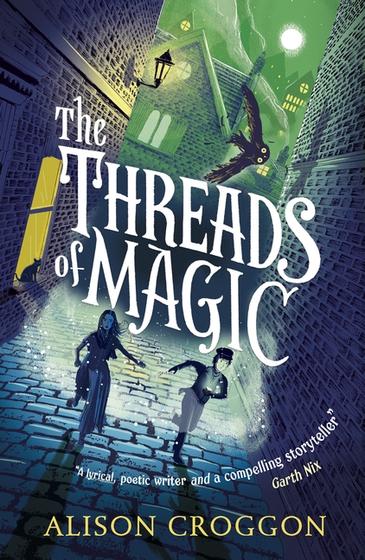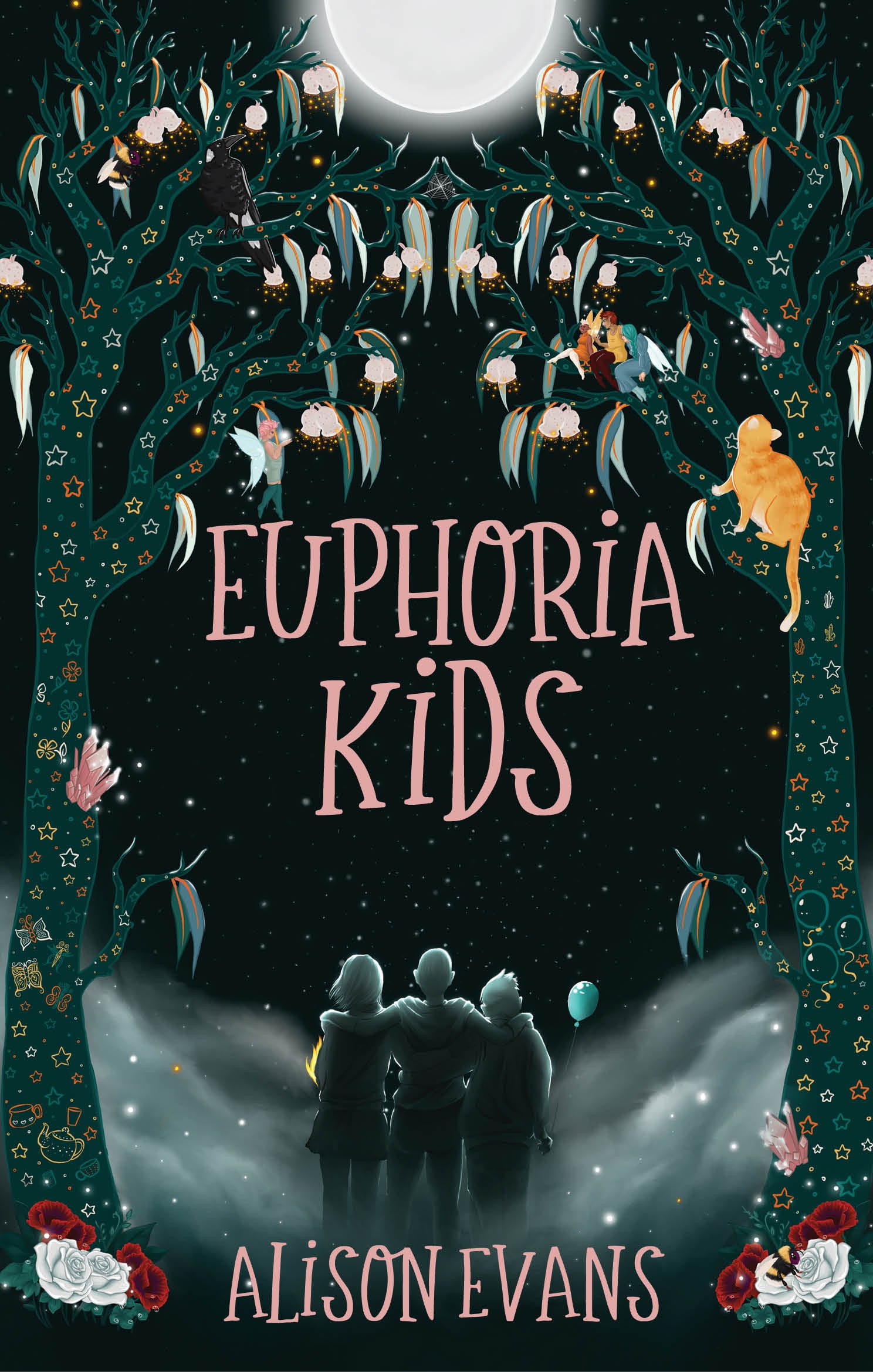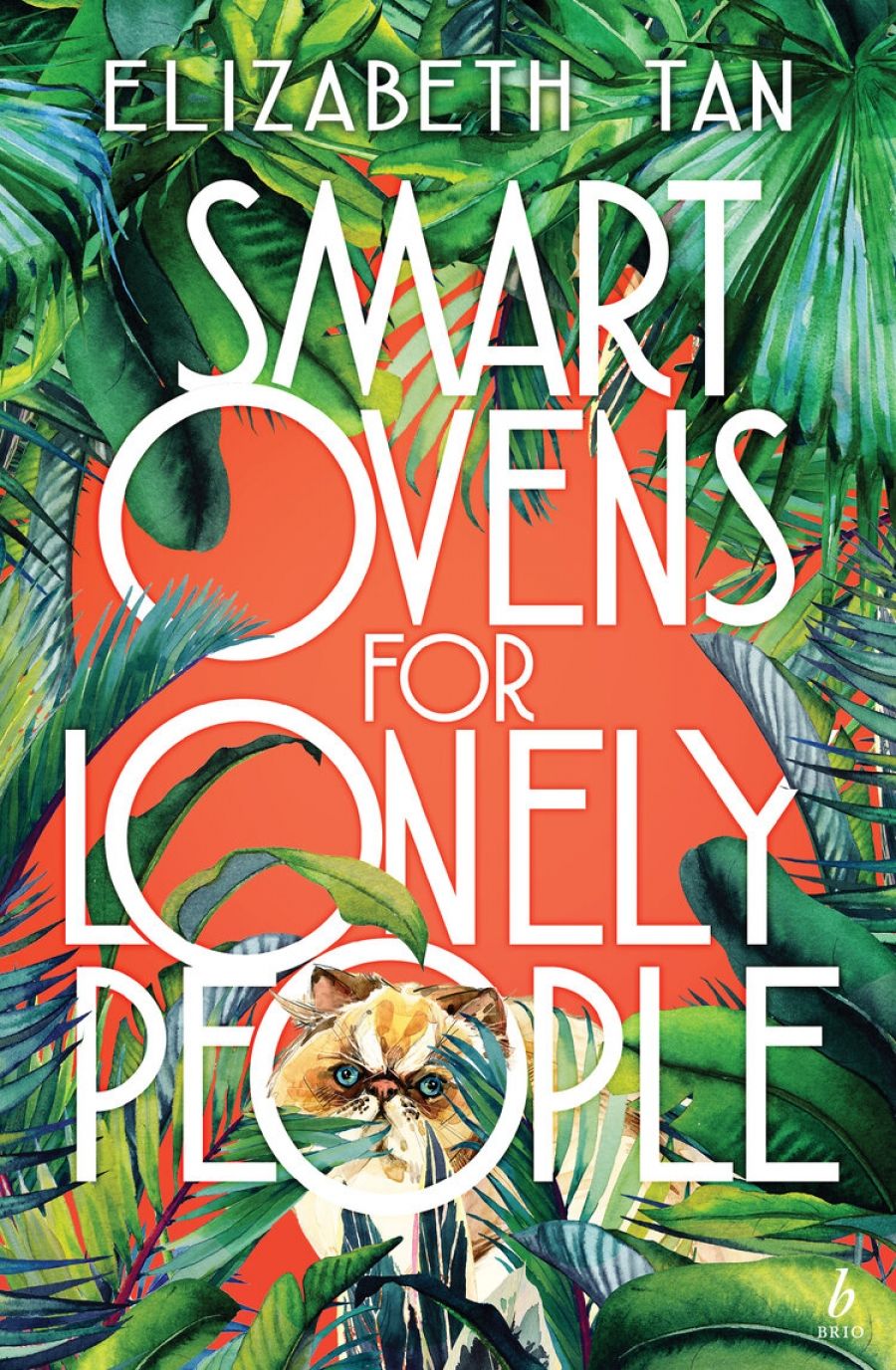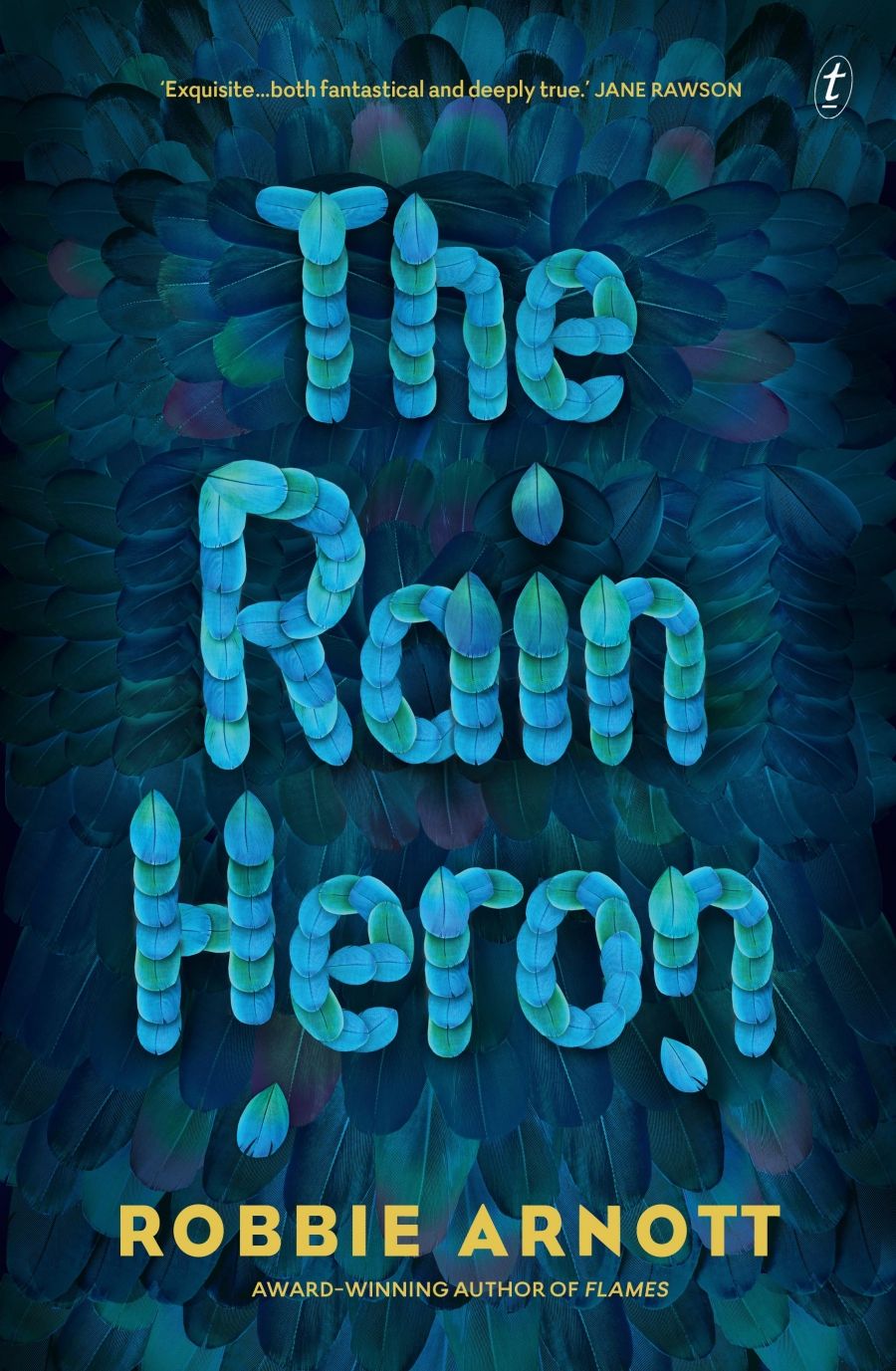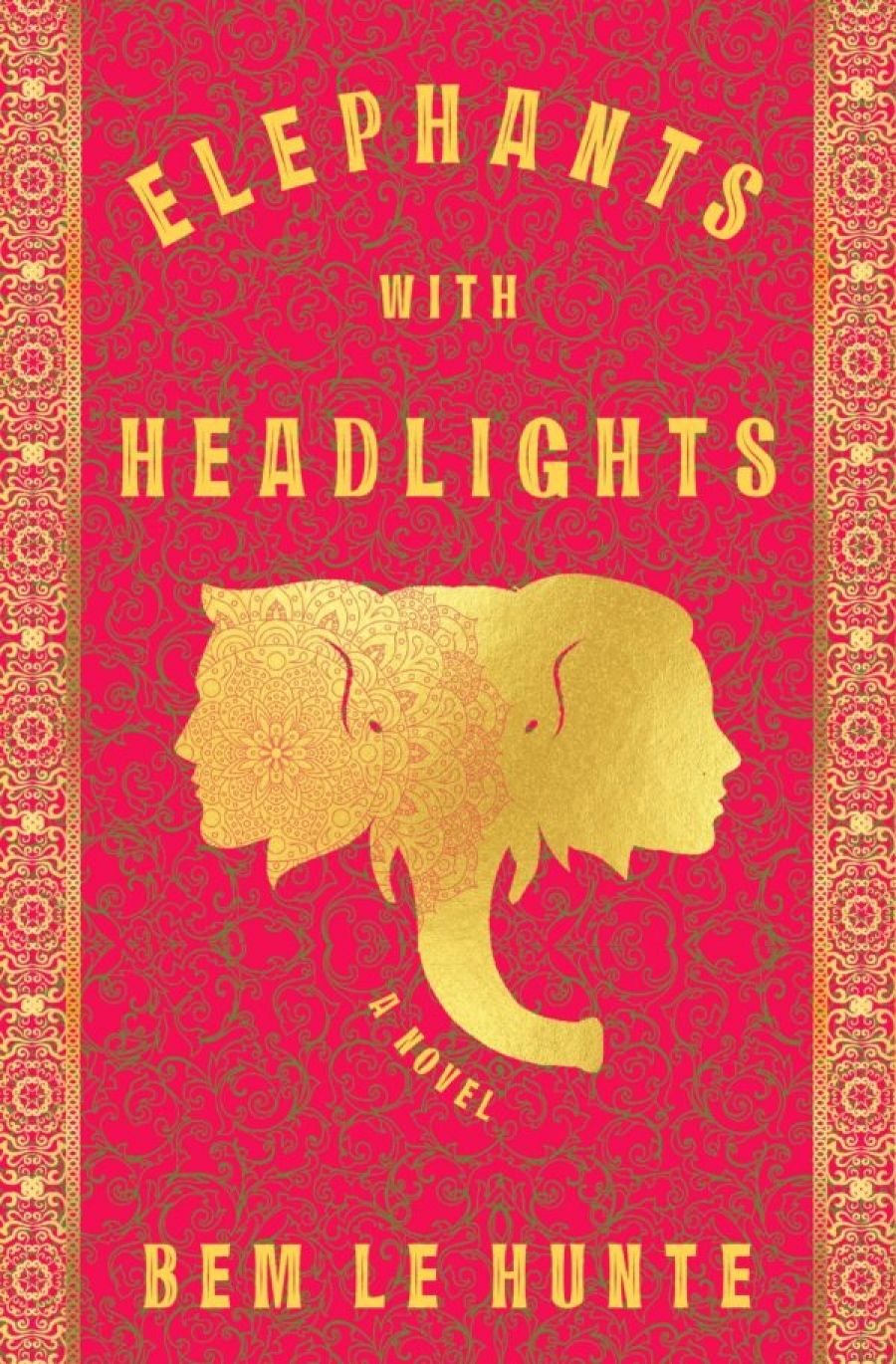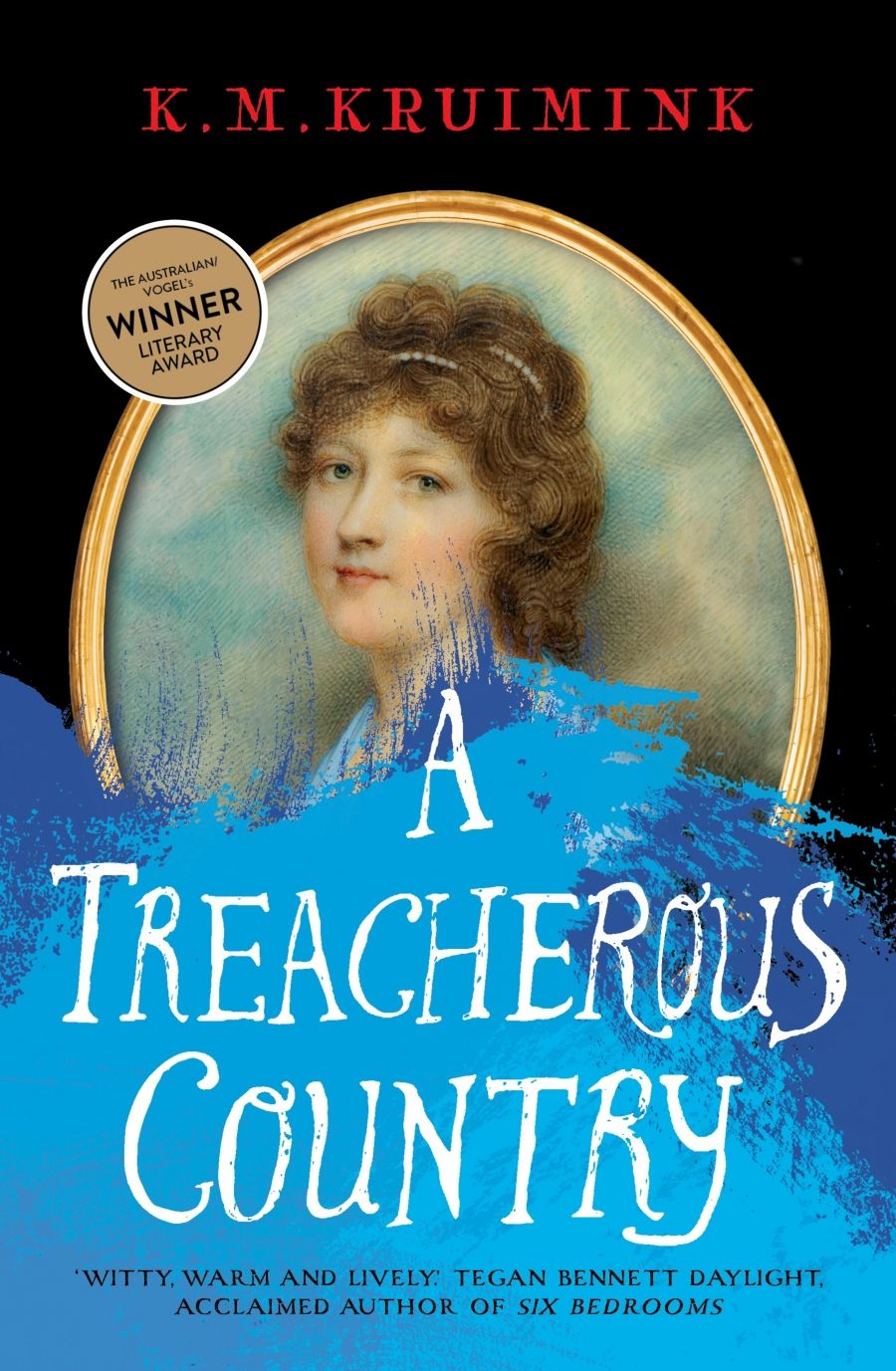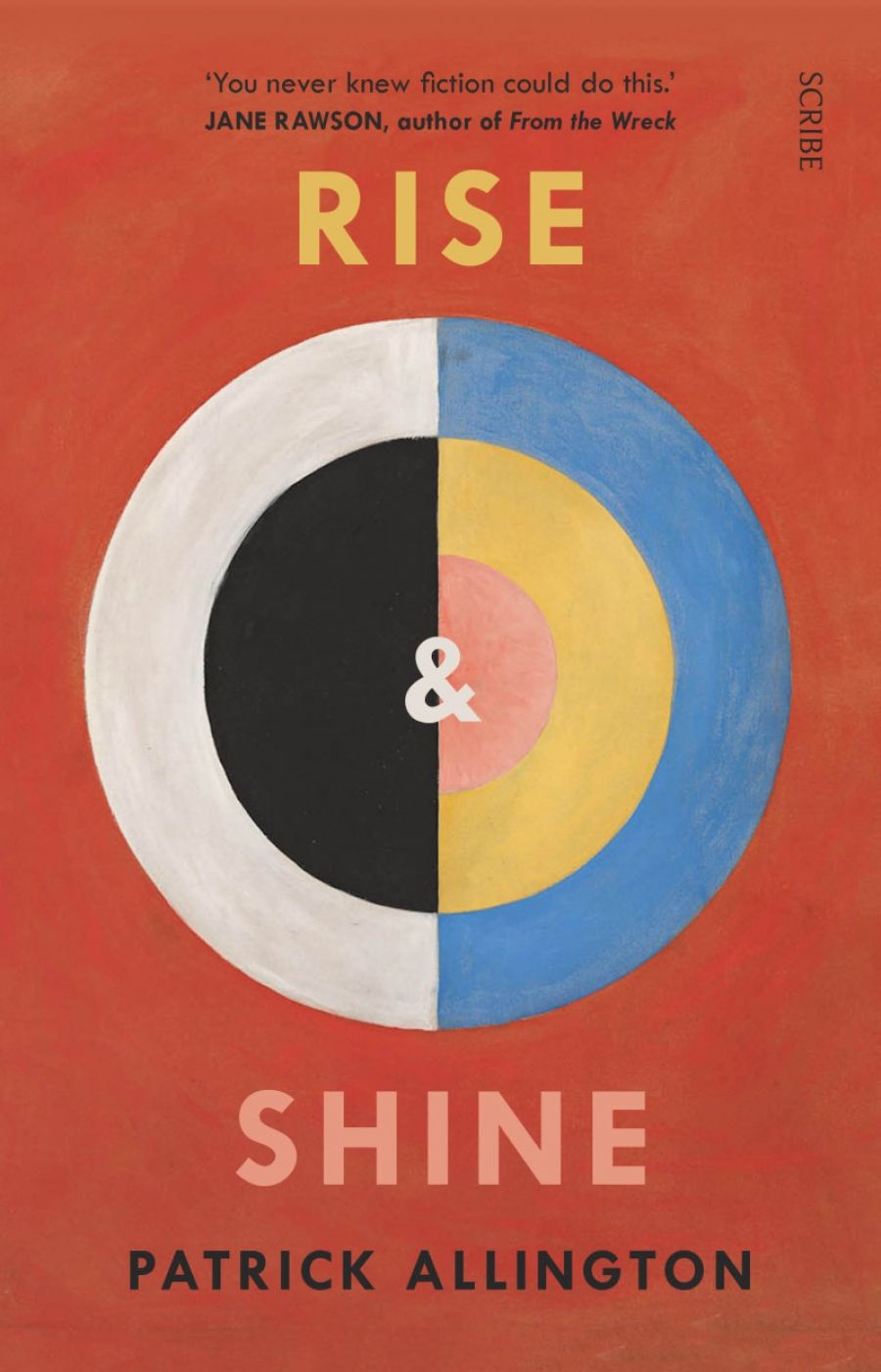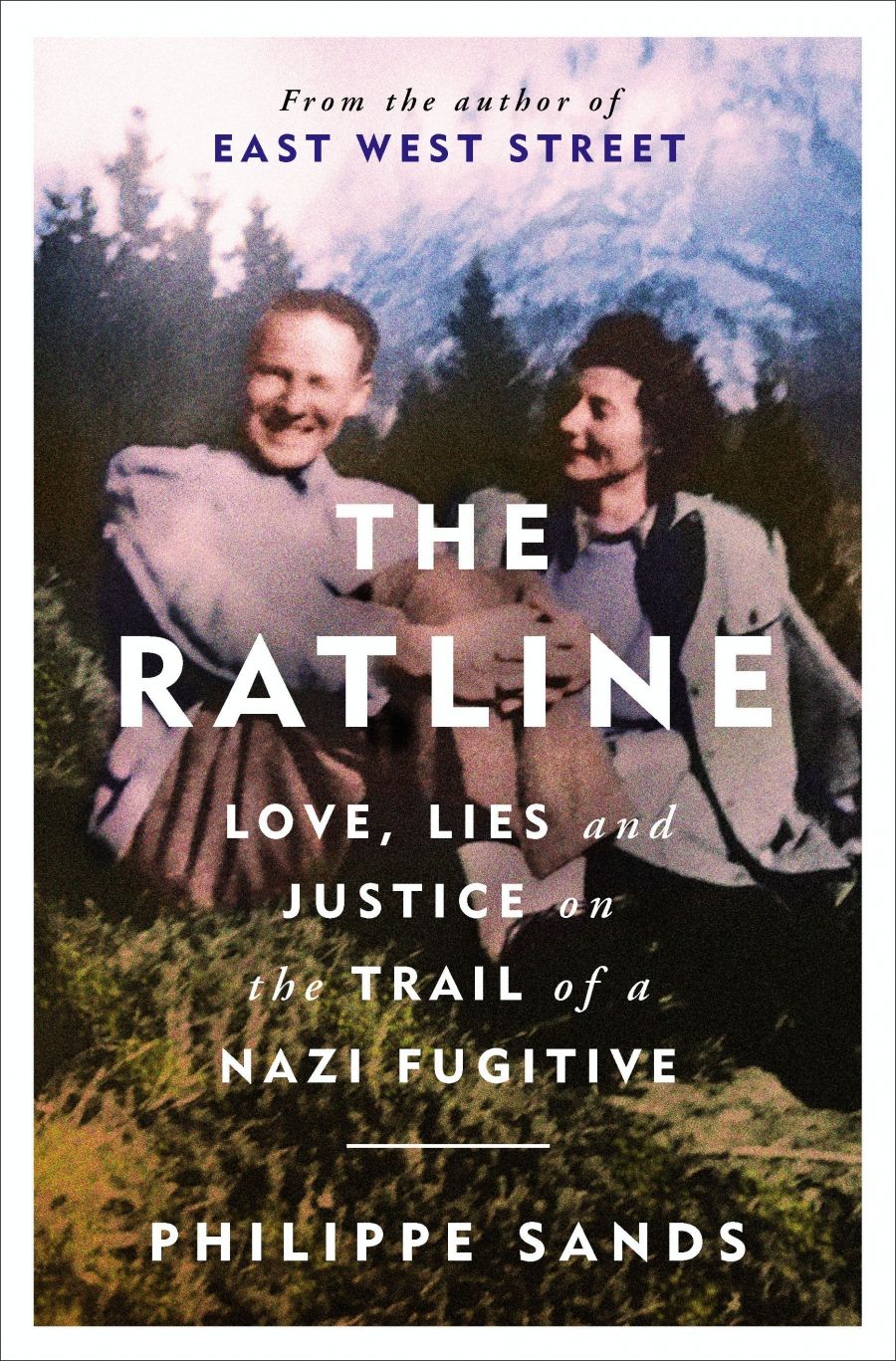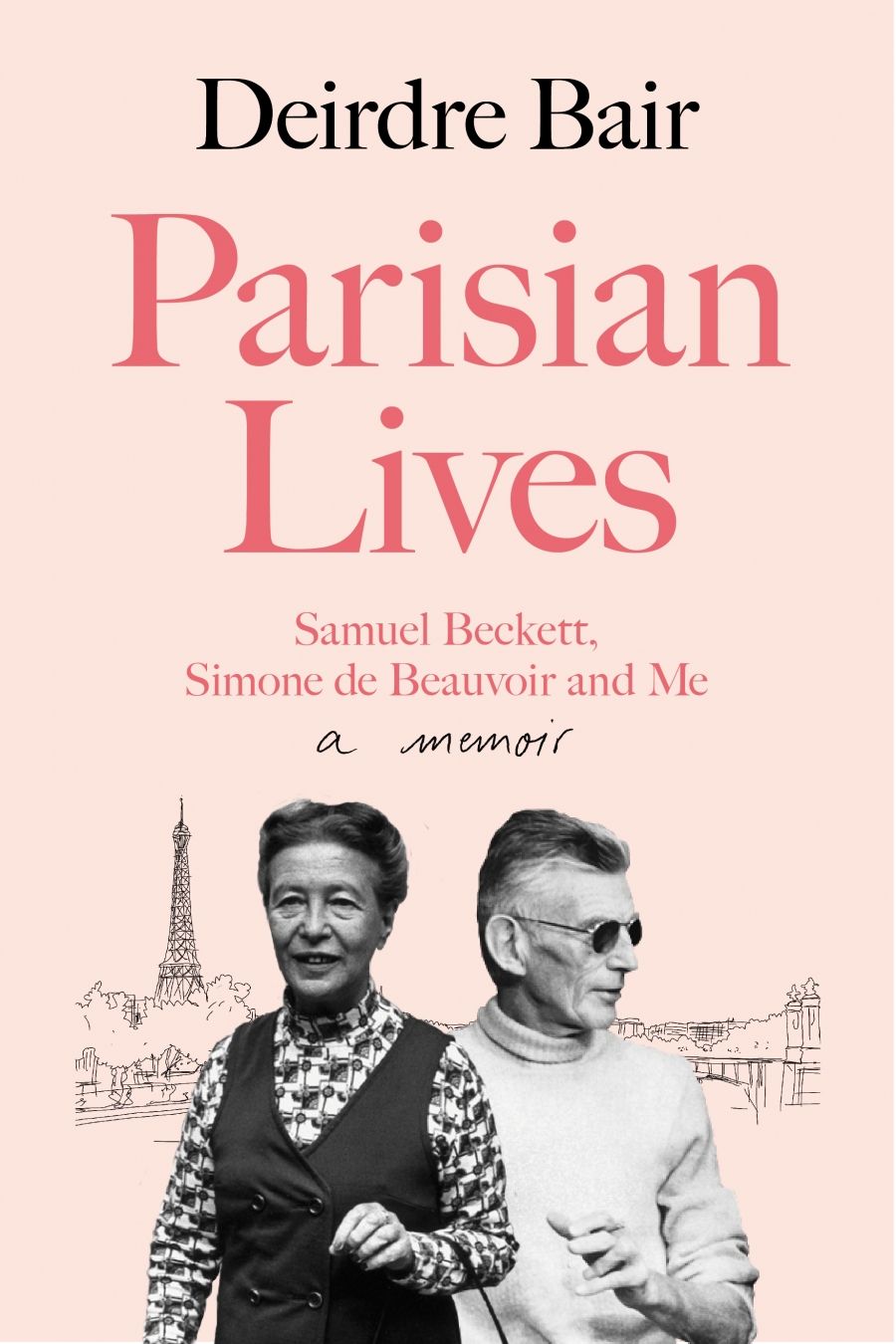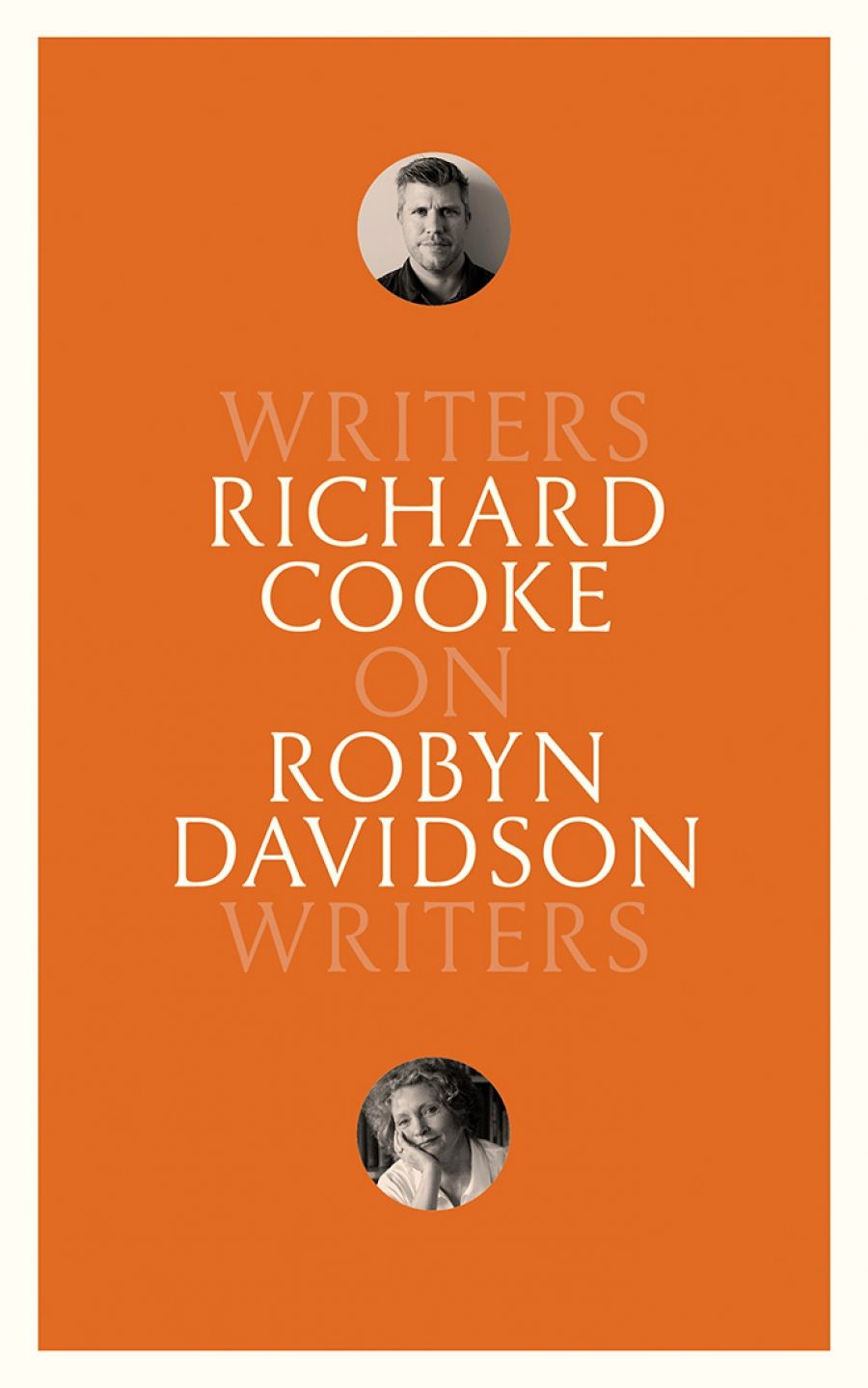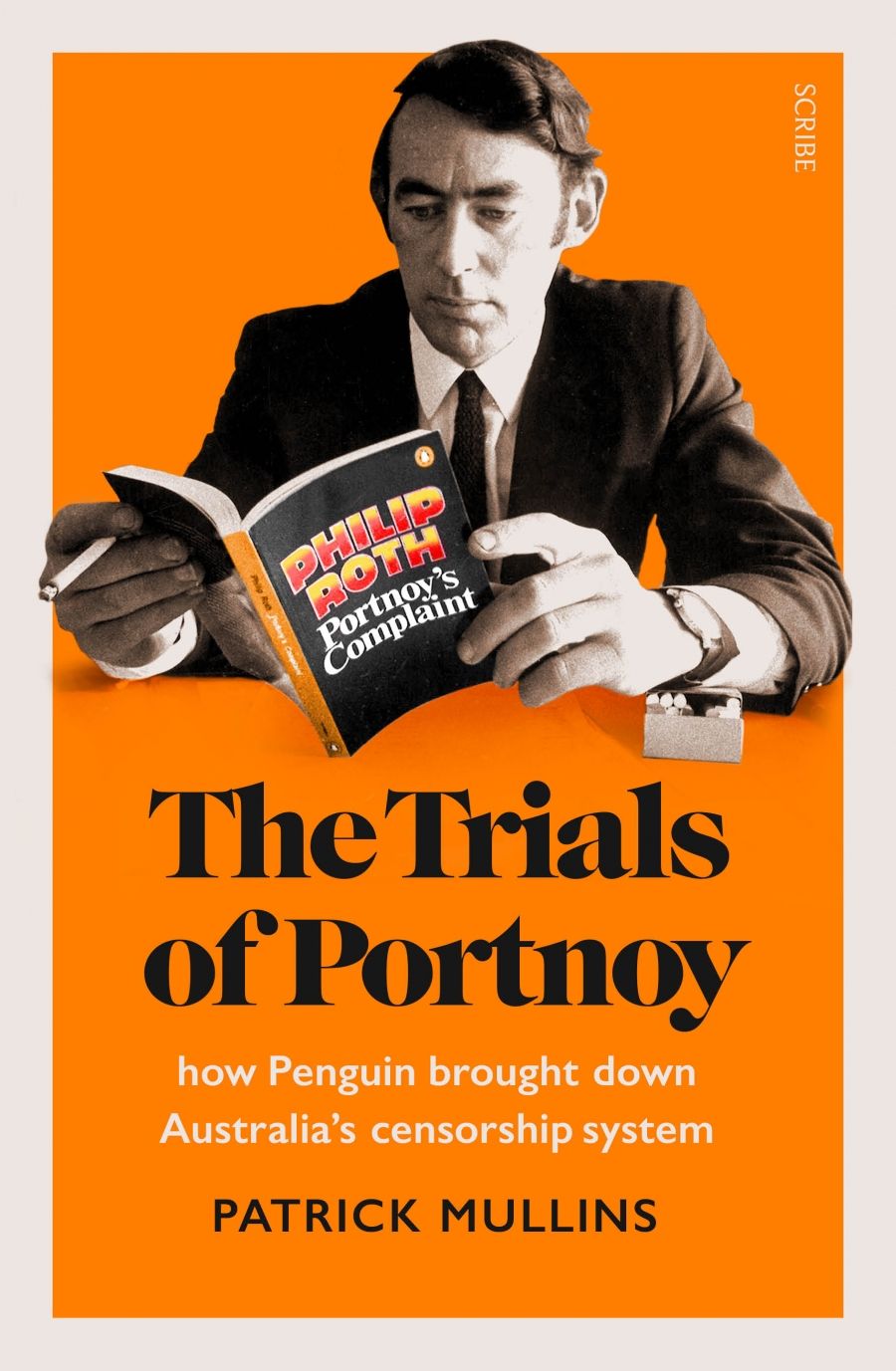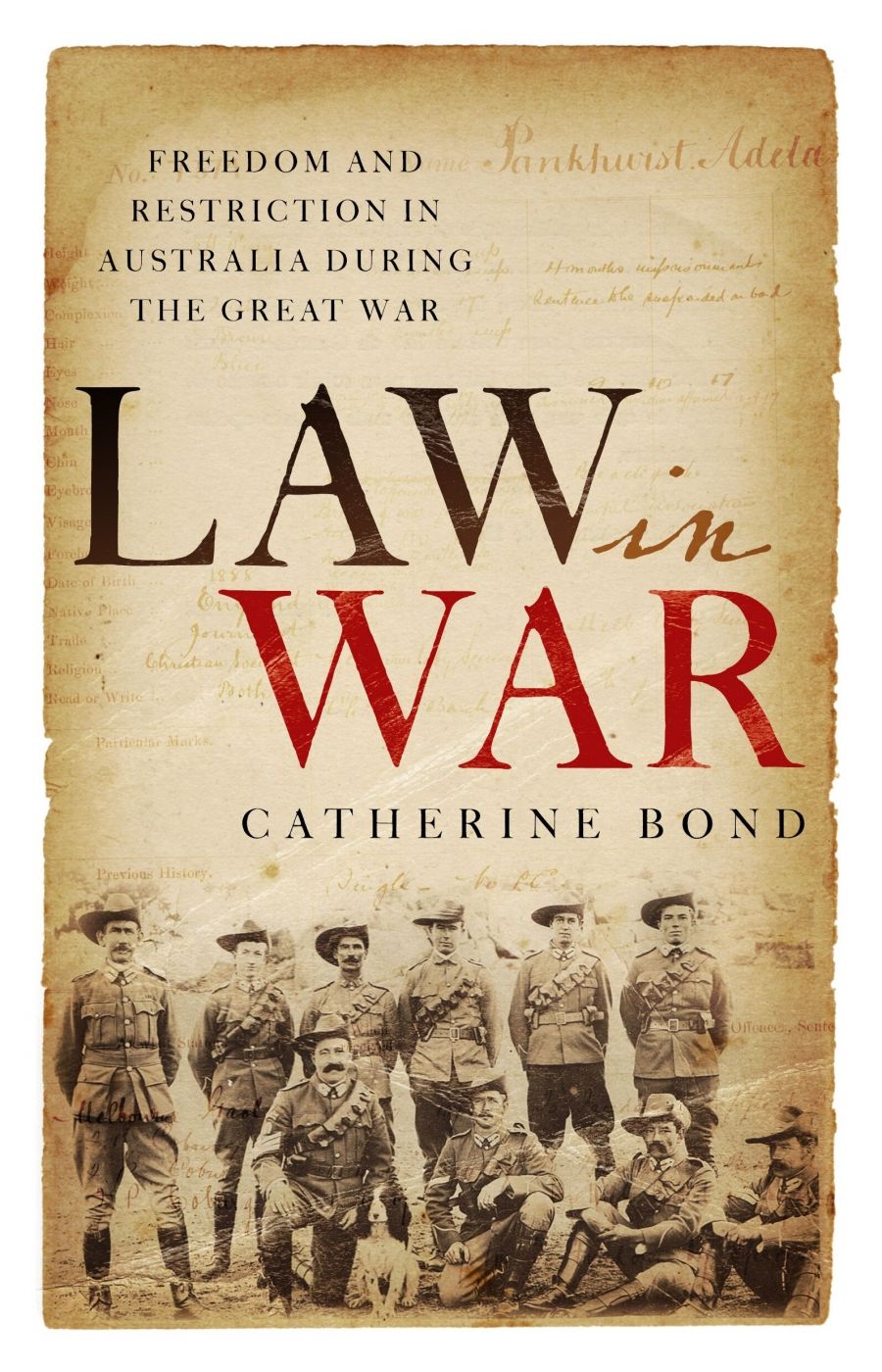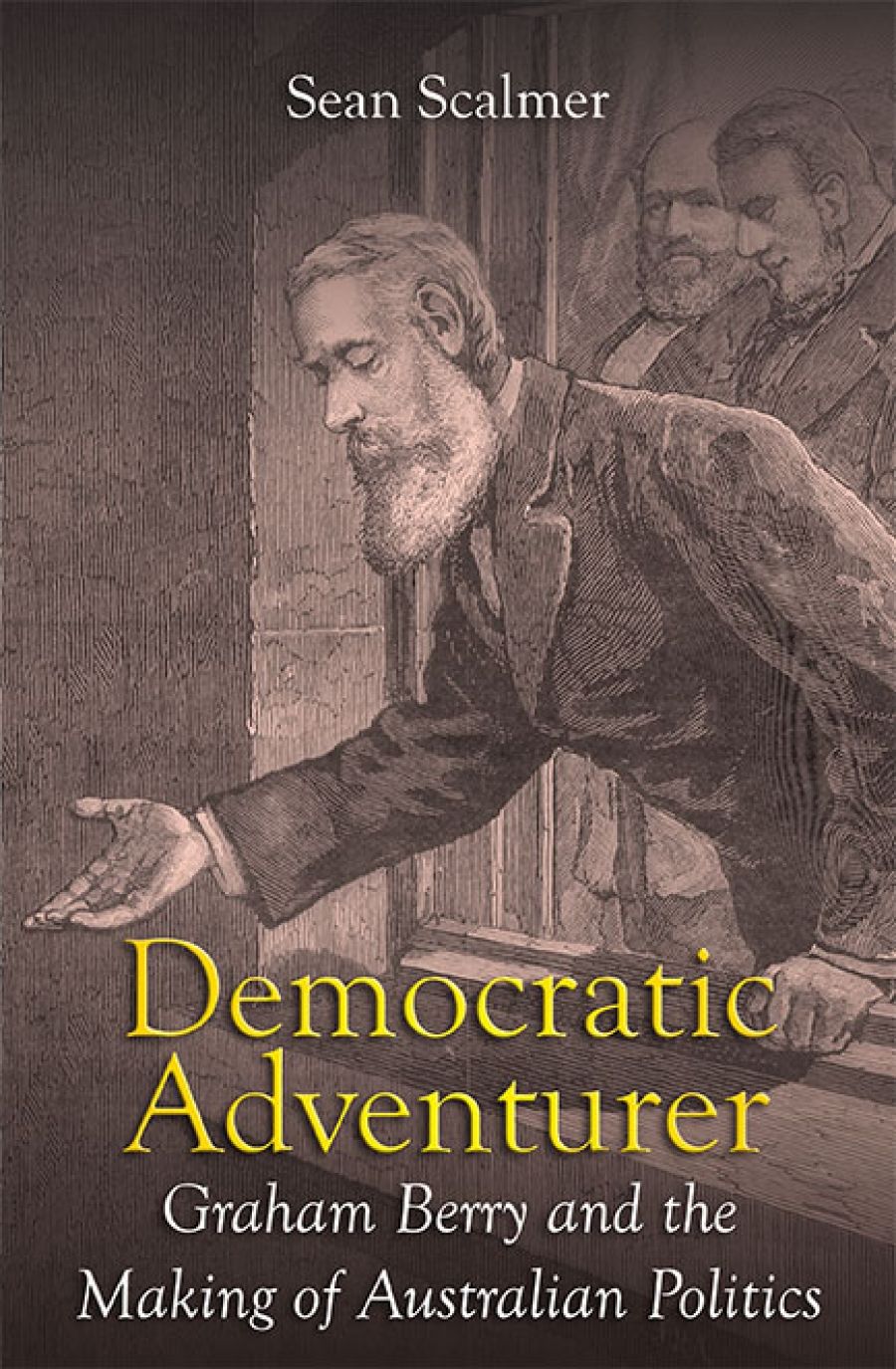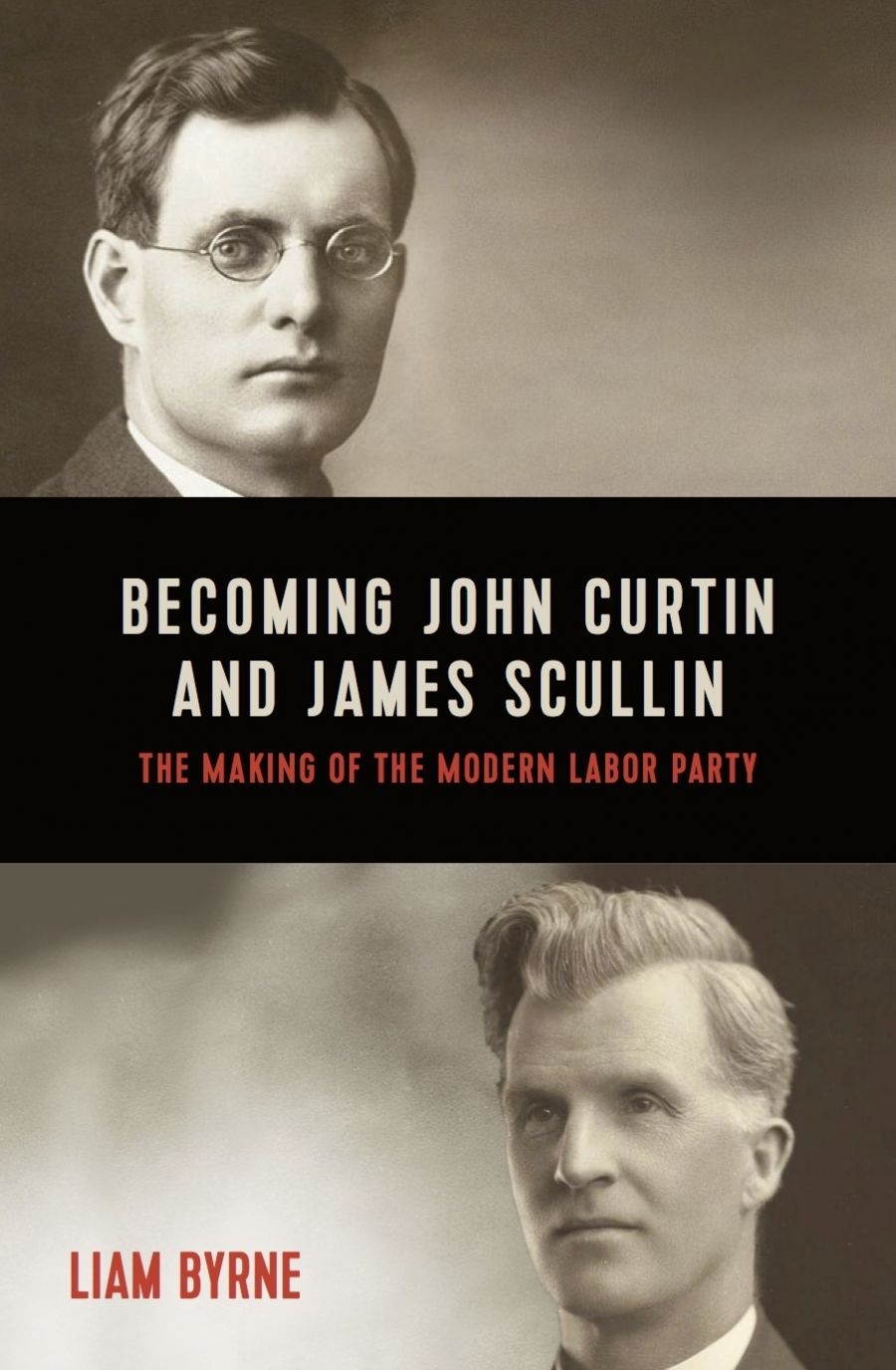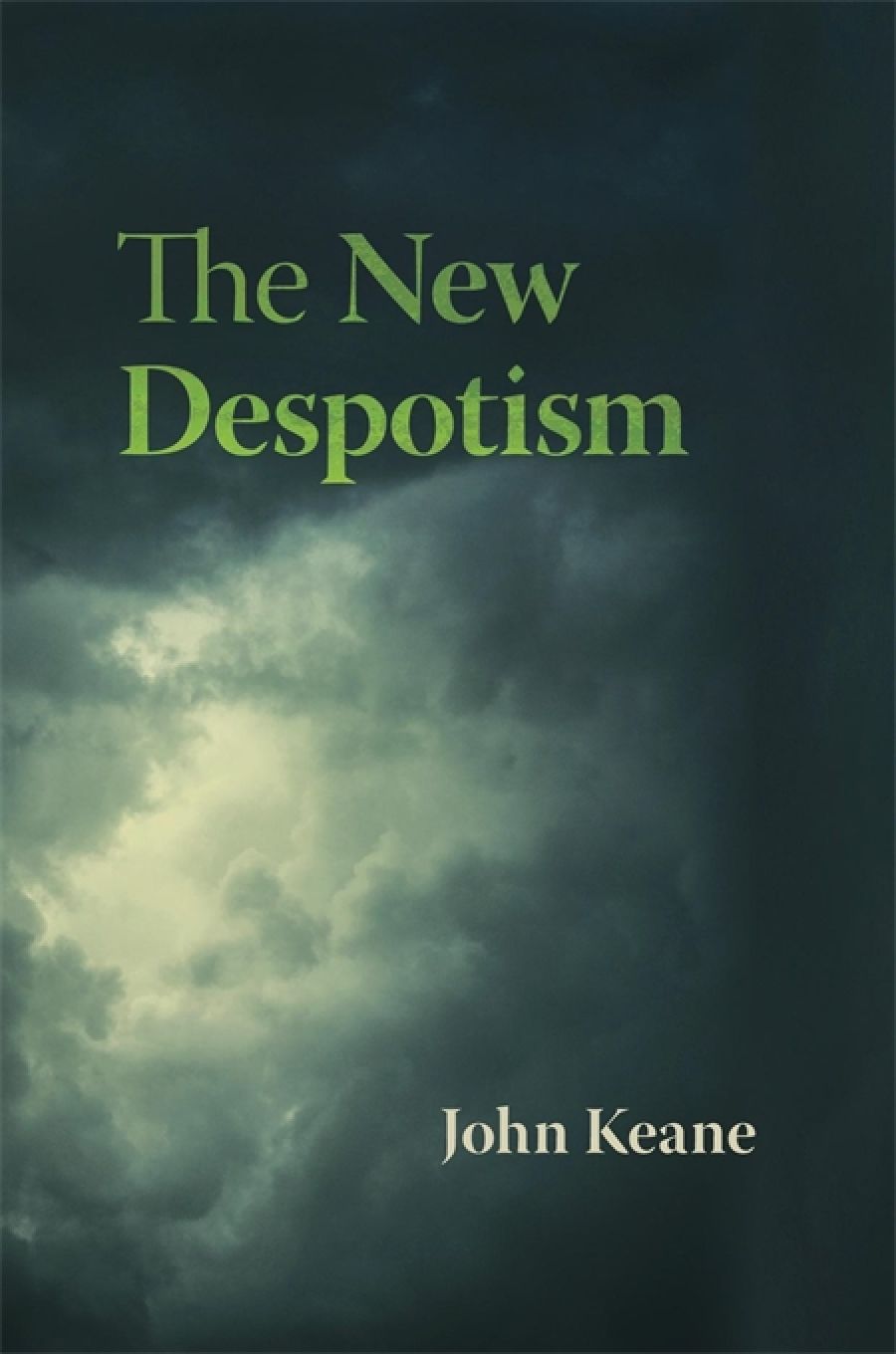
- Free Article: Yes
- Contents Category: Letters
- Custom Article Title: Letters to the Editor
- Review Article: No
- Custom Highlight Text:
Letters to the Editor: Jenny Hocking, Roger Rees, Elisabeth Holdsworth, Bronwyn Mills, Lindy Warrell, Iradj Nabavi, Wayne Eaton, Tom Gutteridge
- Grid Image (300px * 250px):

- Alt Tag (Grid Image): Letters to the Editor
- Alt Tag (Rectangle Image): Letters to the Editor
ABR welcomes succinct letters and comments. If you're interested in writing to ABR, contact us at This email address is being protected from spambots. You need JavaScript enabled to view it.. Correspondents must provide a telephone number or email address for verification.
A want of disclosure
Dear Editor,
In his response to my article, ‘At Her Majesty’s Pleasure: Sir John Kerr and the Royal Dismissal Secrets’, the Director-General of the National Archives, David Fricker, acknowledges that there have been ‘unacceptable delays’ in dealing with access requests, accepts that the National Archives has spent close to a million dollars contesting my legal action in the ‘Palace letters’ case, and yet claims the National Archives is a ‘pro-disclosure organisation’.
I address just one part of Mr Fricker’s response to my article, which discusses this legal action seeking access to the secret Palace letters, between the Queen and the Governor-General Sir John Kerr, relating to Kerr’s 1975 dismissal of the Whitlam government. While conceding the historical significance of and the great public interest in the Palace letters, Mr Fricker writes that they are ‘personal’ records and are therefore governed by their own access conditions agreed to by the National Archives with Kerr, which must be adhered to. To do otherwise, Fricker says, would constitute a ‘massive breach of trust’.
In denying public access to these historic letters, the National Archives argues that it is merely upholding the conditions for access specified by the depositor, Sir John Kerr, as it must for all personal records. As David Fricker describes, the Palace letters were deposited after Kerr left office by the Governor-General’s official secretary, Mr David Smith, ‘as Sir John Kerr’s agent with the Australian Archives in August 1978. In accordance with Kerr’s instructions, their release would occur sixty years (later changed to fifty) from the end of Kerr’s appointment, “only after consultation with The Sovereign’s Private Secretary of the day and with the Governor General’s Official Secretary of the day”.’
That parenthetical ‘later changed to fifty’ neatly masks two critical facts about Kerr’s instructions that Mr Fricker fails to mention, and without which it might appear that Kerr himself had changed the conditions of access – not an unreasonable conclusion since, according to Fricker, the letters must be dealt with ‘in accordance with Kerr’s instructions’. In fact, the changes to Kerr’s conditions were made after Kerr’s death, and on the instruction of the Queen. The access conditions currently over the Palace letters are not those set by Kerr.
There were two changes made to Kerr’s conditions, the second of which was the most significant and which Mr Fricker also fails to mention: Kerr’s requirement that the letters only be released after ‘consultation with’ both the Sovereign’s Private Secretary and the Governor General’s Official Secretary was changed to now require the ‘approval of’ both the Sovereign’s Private Secretary and the Governor General’s Official Secretary. It is this change that has given the monarch an effective final veto over their release, potentially indefinitely.
David Fricker’s insistence that ‘[s]tewardship of personal records requires a respect for the depositor’ is impossible to reconcile with these definitive changes to Kerr’s access conditions over the Palace letters, made after his death and on the instruction of the Queen.
Jenny Hocking, Kensington, Vic.
Dear Editor,
I read with interest David Fricker’s ‘Questions of Access’ defence of the National Archives. Unfortunately, this response reads like the usual cover-up and evasion as to what happened when a twice-elected prime minister was dismissed by the monarch’s Australian representative.
In her article ‘At Her Majesty’s Pleasure’, Professor Jenny Hocking questioned the extent of the monarch’s control over disclosure by the National Archives of the dismissal letters. This is the focus – not whether tens of millions of people access services of the National Archives. The Archives’ Director-General’s statement that ‘the facts will speak for themselves’ is an example of evasion. Surely more openness could direct energy towards exposing the unnecessary deceits of everyday politics, which in this case allows the monarch to maintain control over a most significant event in Australian history. In this matter, the criteria as to what is proprietary and lawful is still determined by the monarch. The Australian public’s right to know remains gagged.
No matter how long it takes, the dismissal letters will eventually be revealed. Let’s end this monarchical cover-up now.
Roger Rees, Goolwa, SA
This worried world
Dear Editor,
I commend ABR on the gutsy decision to create the Behrouz Boochani Fellowship. Australia Council, please note! And I offer my heartiest congratulations to the 2020 recipient, Dr Hessom Razavi. His first offering could not be more timely. His modestly titled article, ‘Notes on a Pandemic’, is remarkable. I have rarely read such an insightful work covering so many areas concerning us at this time. There is the history of the outbreak, the painfully slow gathering of evidence as this beast spread itself around the world, firsthand accounts from those on the frontline, epidemiological considerations, informed speculation about the future, and a detailed explanation of how Covid-19 behaves in the body – all presented in an engrossing fashion.
Rereading the essay several times, I was struck by how little there was of Dr Razavi in the essay. No grandstanding here – he shines the spotlight on others. But we do learn that he and his wife (also a doctor) are about to welcome a daughter into this worried world. She will be blessed by having such brave parents.
I look forward to reading more of Hessom Razavi’s work.
Elisabeth Holdsworth, Morwell, Vic.
Dear Editor,
What a sane and moving commentary on the situation engendered by the Covid-19 pandemic. I listen to the ABR Podcast as a US citizen living in Costa Rica, where the response was immediate, very community-minded, and effective. To date there have been only seven deaths. Friends with other conditions that need attention are now crowded out by huge numbers of Covid-19 patients. A small percentage are hospitalised, and a smaller proportion of those are in the ICU.
What the disease has also done is reveal the threadbare responses of so many countries, the United States being by far the worst. Those of us in or from the so-called First World have been living in a world where compassion is deemed less and less necessary and where community bonds are fragile. Now we are paying the price. If only we could change our ways, oust the corrupt, ignorant, cruel politicians and work towards a better world. In the case of the United States, that will be an uphill battle.
As for Hessom Razavi’s comment about US sanctions: do not expect any humanity on the part of the present US government. Its leader does not lead, and his minions are fanatics with no perceptible mercy.
Bronwyn Mills (online comment)
Dear Editor,
Thanks for an absolutely marvellous article. It is the best thing I’ve read on this topic.
Lindy Warrell (online comment)
Dear Editor,
Why is Dr Razavi so critical of the Iranian government while saying nothing about US sanctions against that country? The Iranian government should certainly be blamed, but we should be even-handed. Dr Razavi also doesn’t commnent on why the situation in the United States, as elsewhere, is much worse than in Iran?
Iradj Nabavi (online comment)
Cart before the horse
Dear Editor,
I completely agree with Peter Mares’s assessment of Liz Allen’s book The Future of Us: Demography gets a makeover. While this passionately argued and engaging polemic examines an aspect of Australian political and economic life from an interesting angle, Allen does ‘put the cart before the horse’ in attempting to present demographics as a solution to our woes rather than a the merely analytic tool which it is.
Wayne Eaton (online comment)
Misogyny
Dear Editor,
Wow! Lisa Gorton’s poem ‘On the Characterisation of Male Poets’ Mothers’ is beautifully written, it is also a devastating analysis of the culturally embedded nature of misogyny (ABR, May 2020). How painful to think of all those mothers receiving slap after slap in the face from their anxious, needy, entitled, selfish, infuriatingly talented sons – wanting to support, but flayed for doing so!
Tom Gutteridge (online comment)
ABR welcomes succinct letters and comments. If you're interested in writing to ABR, contact us at This email address is being protected from spambots. You need JavaScript enabled to view it.. Correspondents must provide a telephone number or email address for verification.








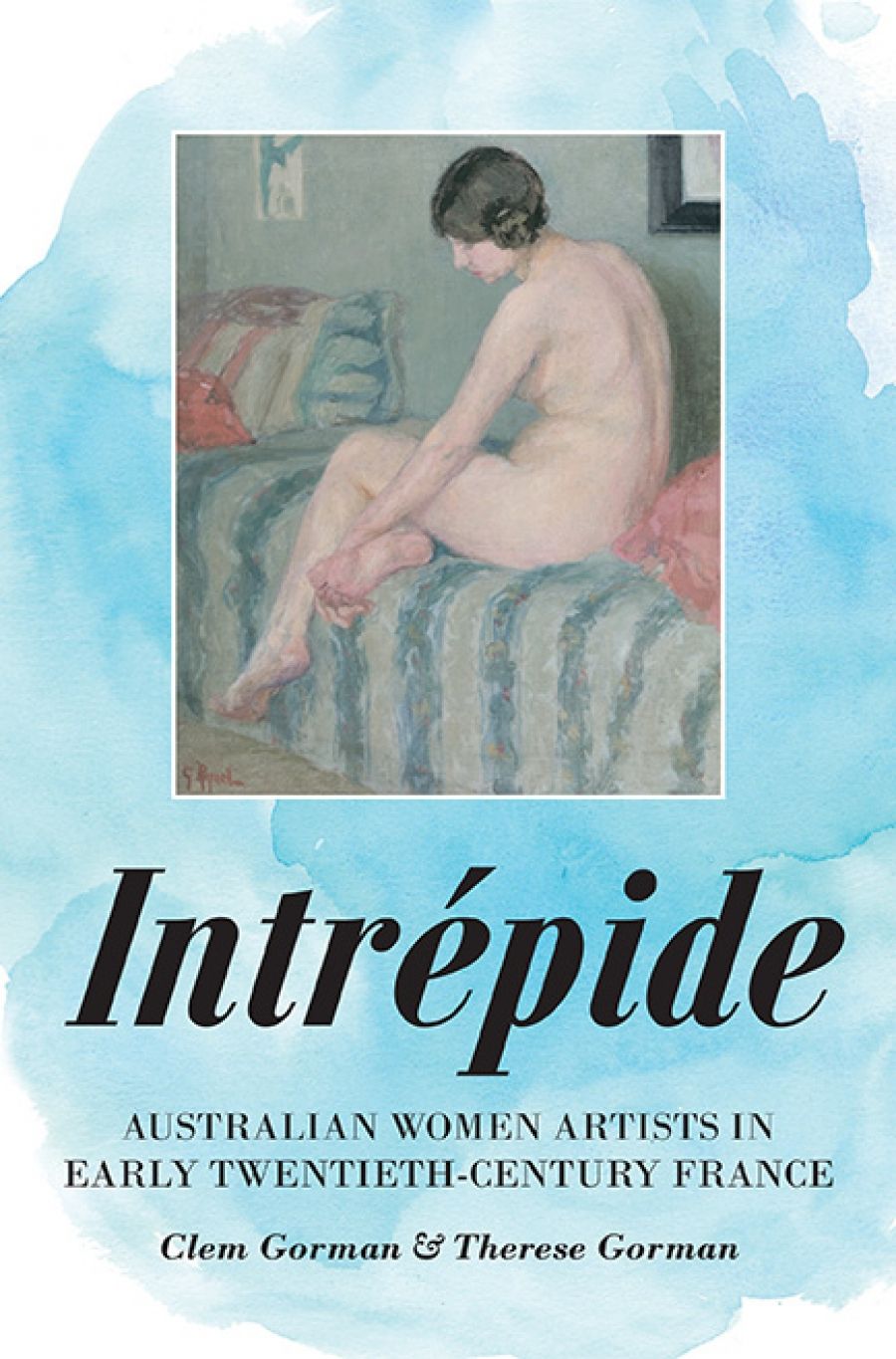

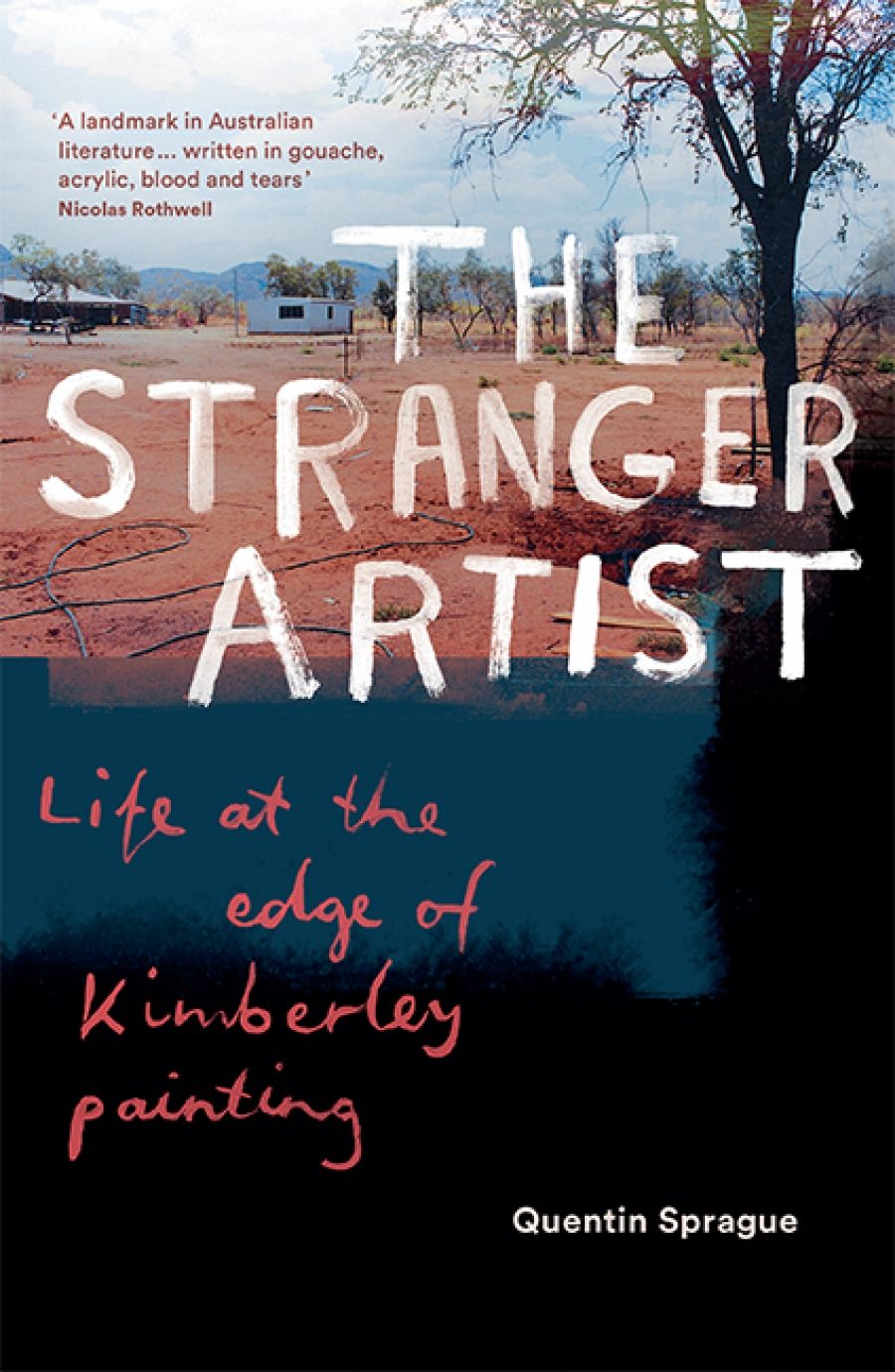

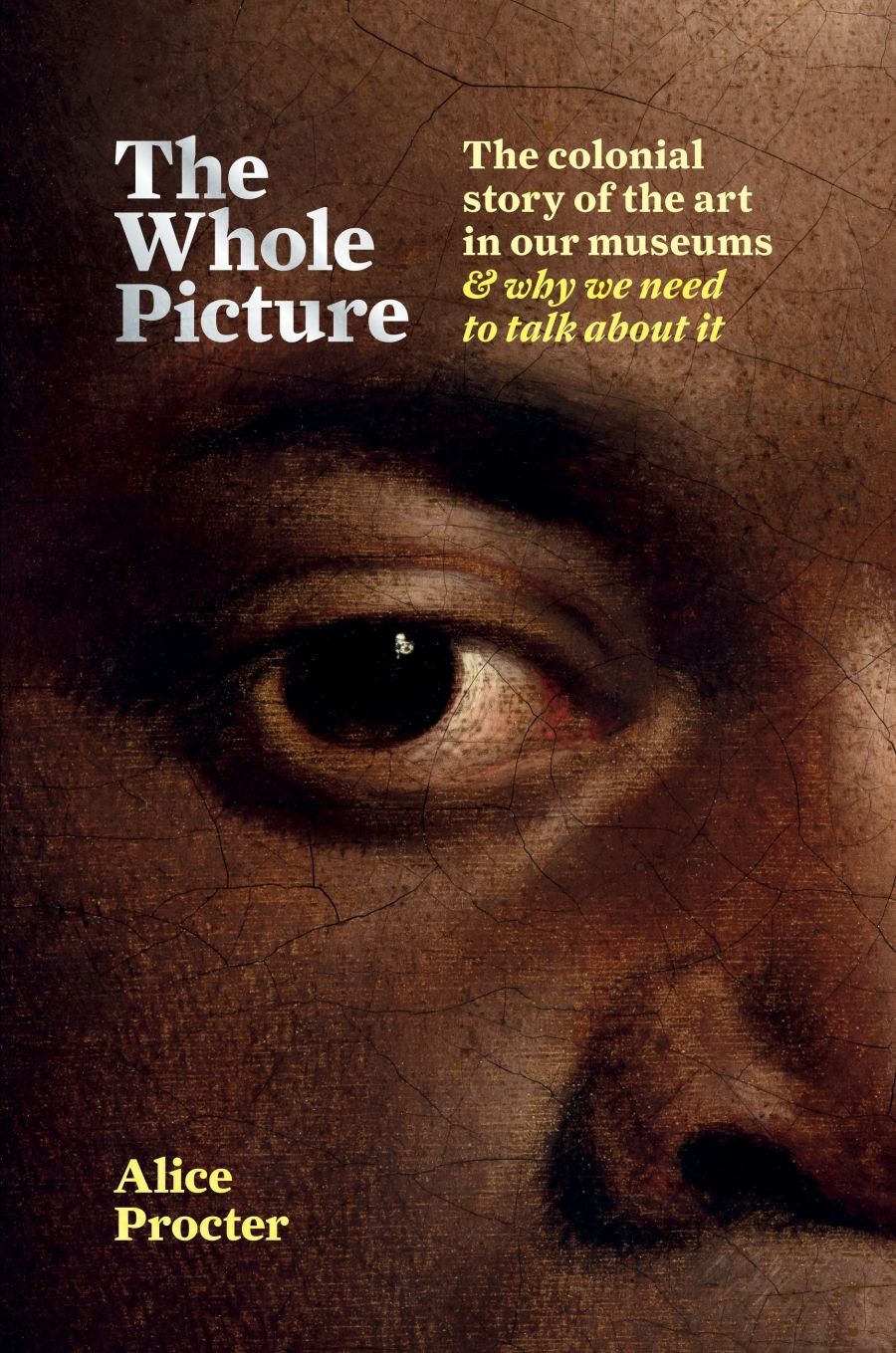





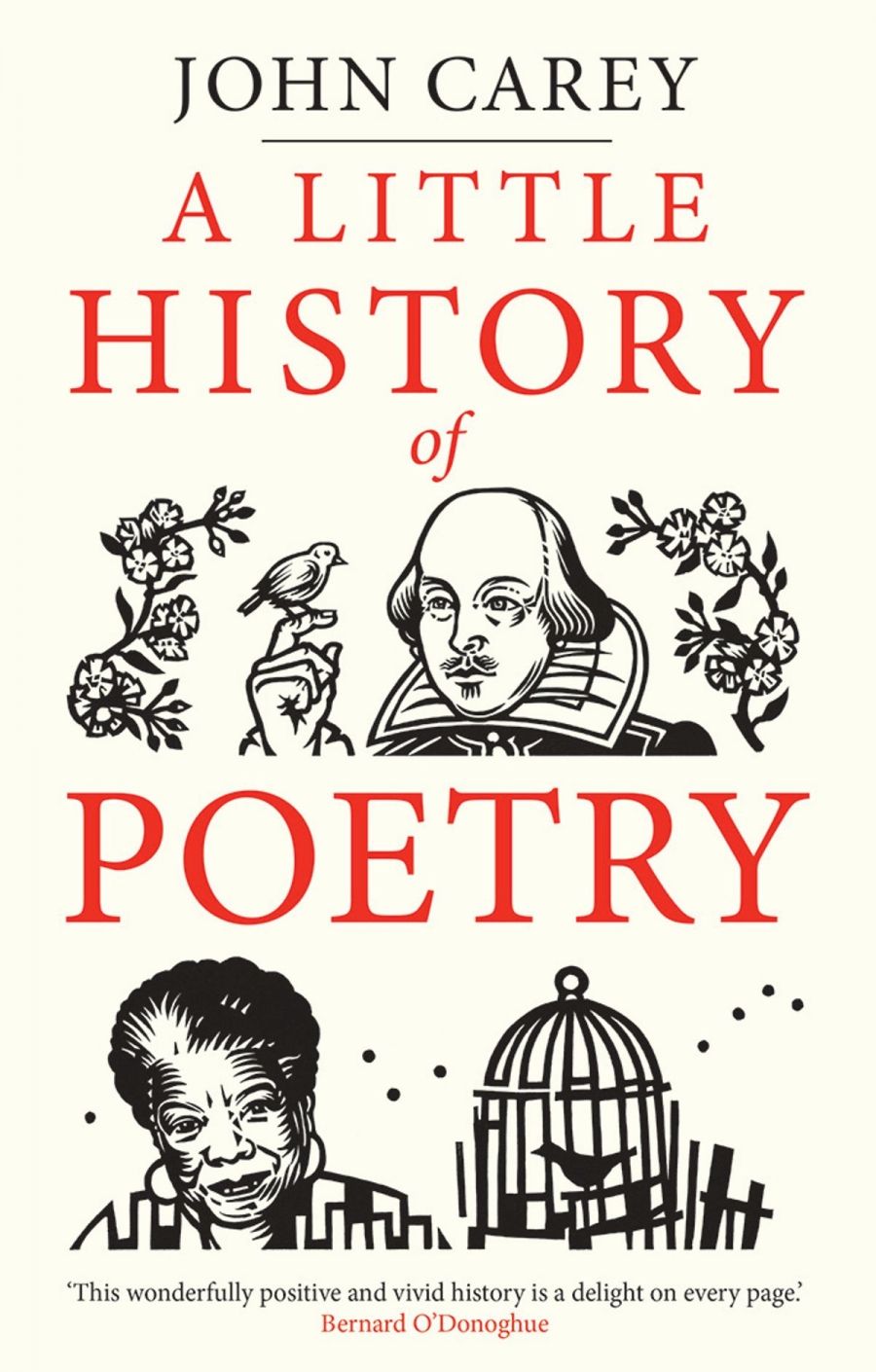

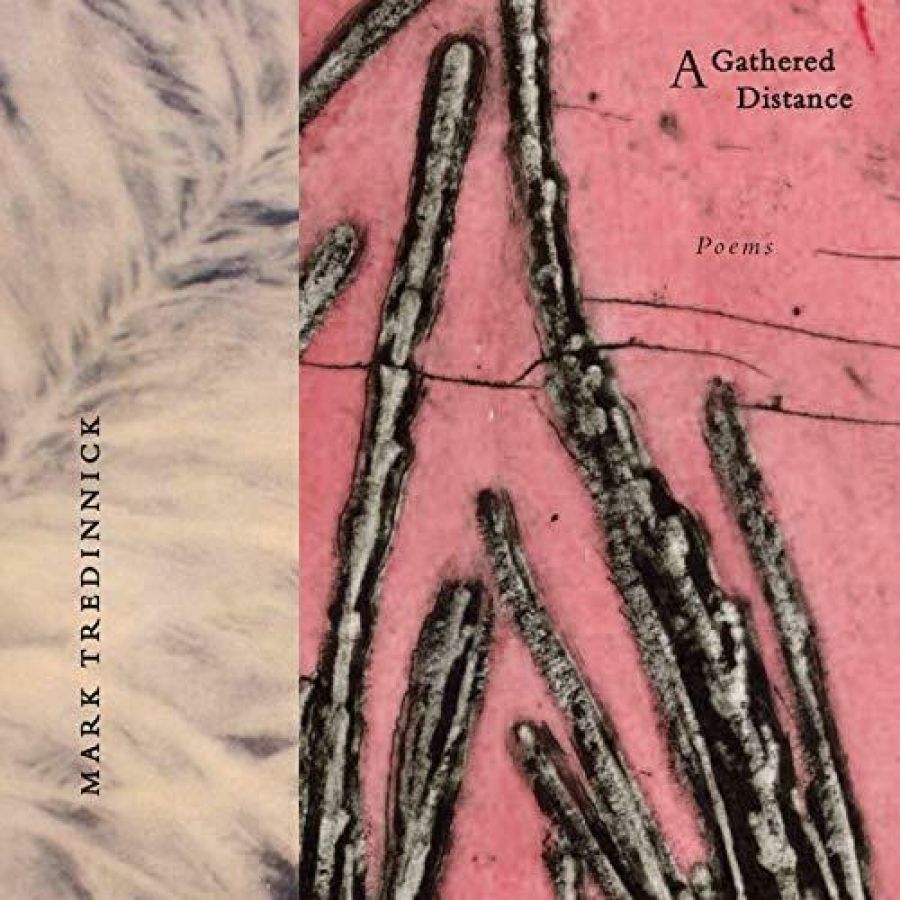





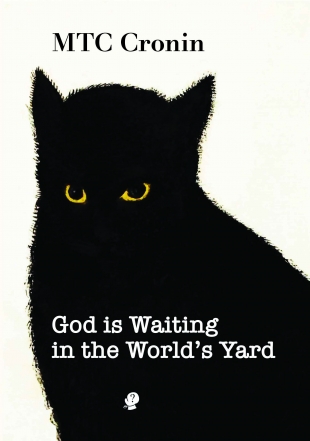


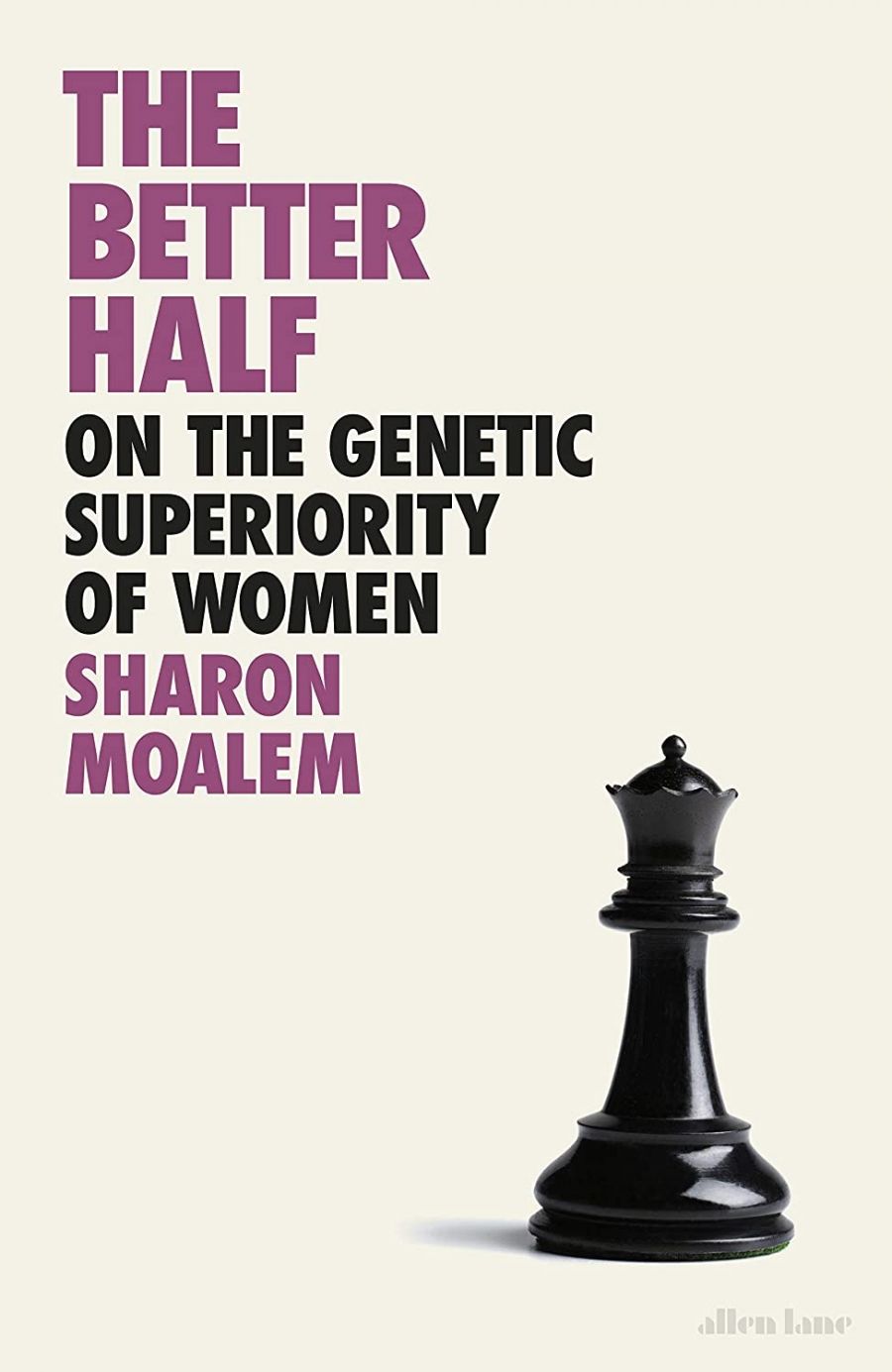

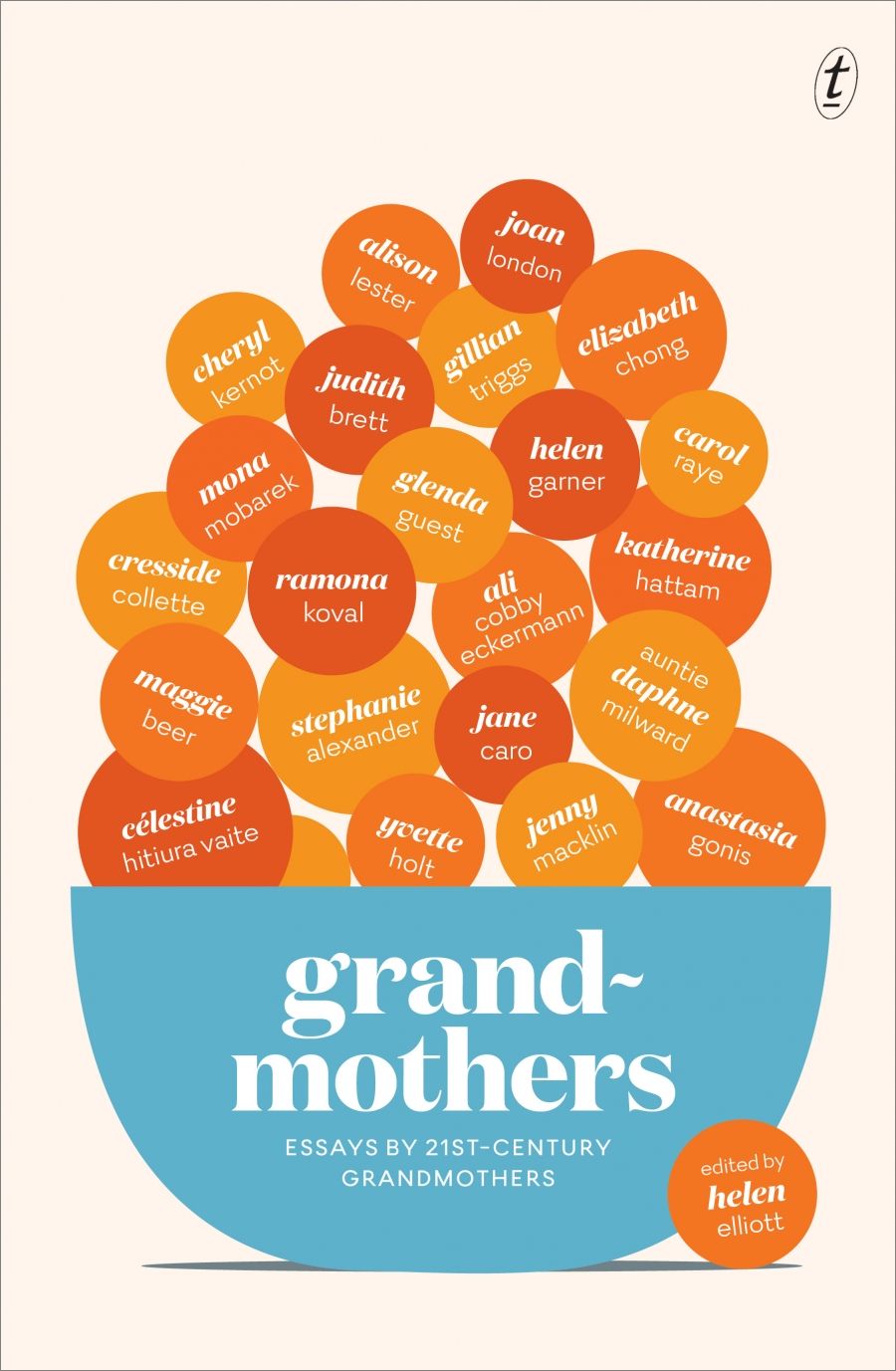



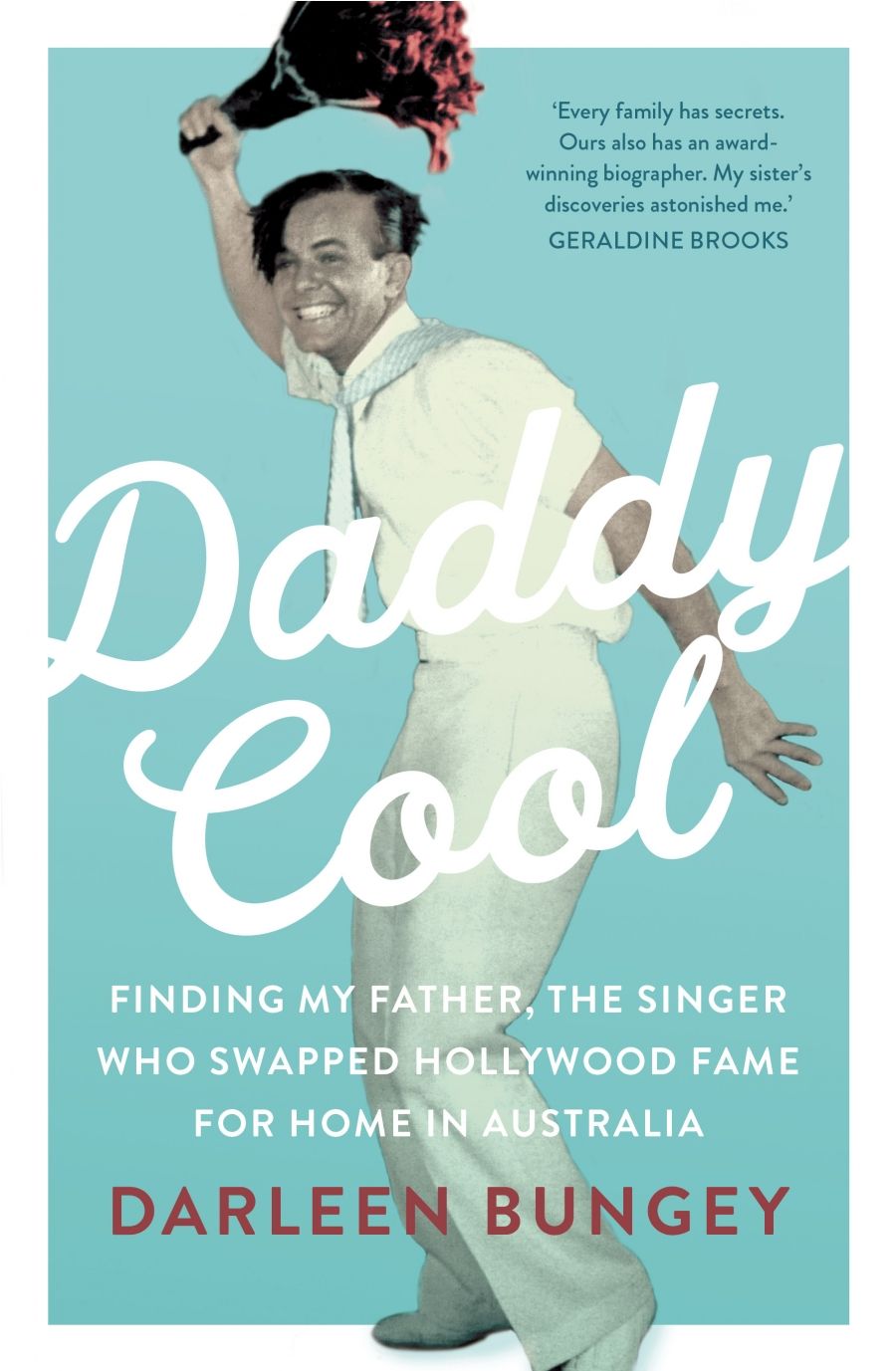

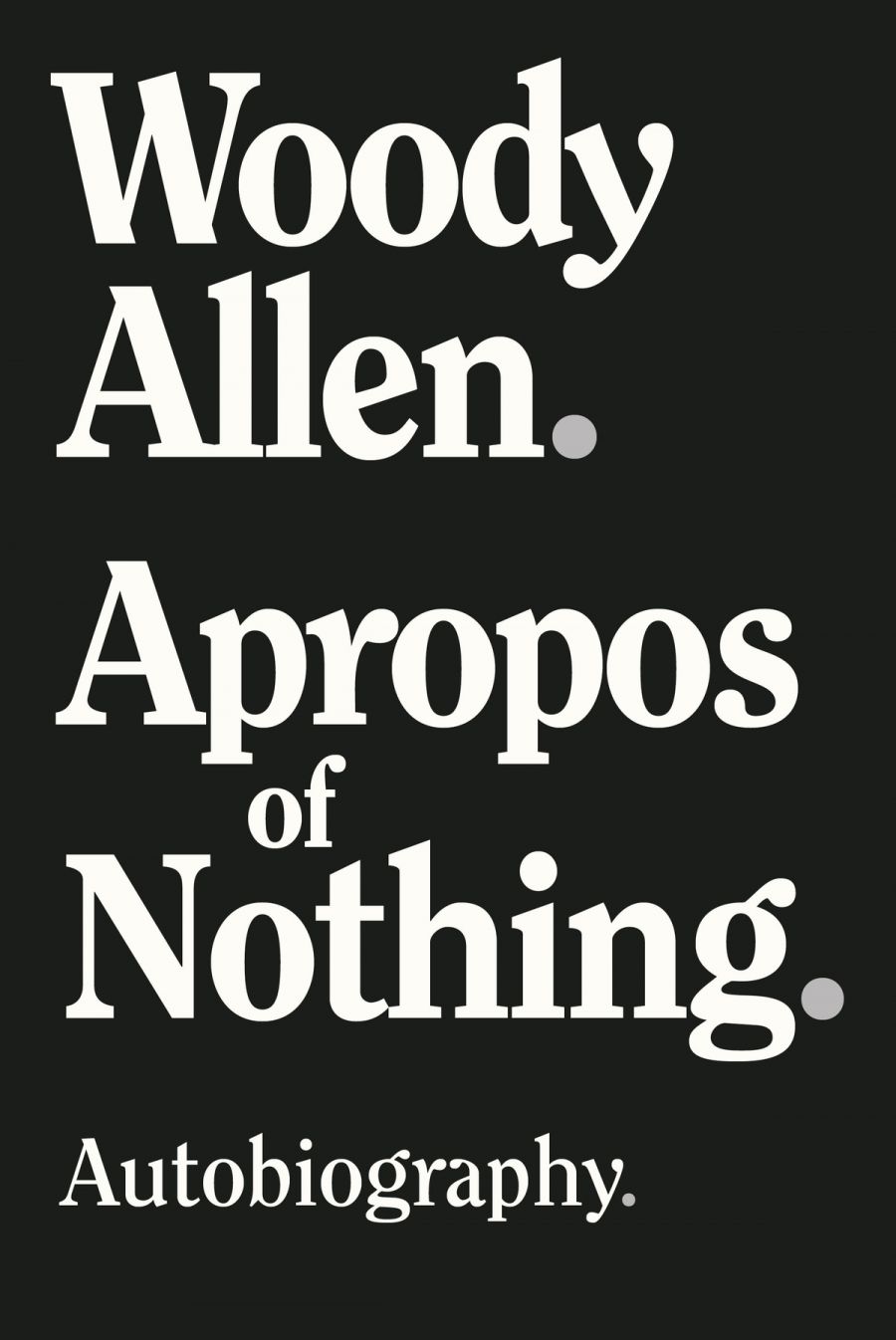



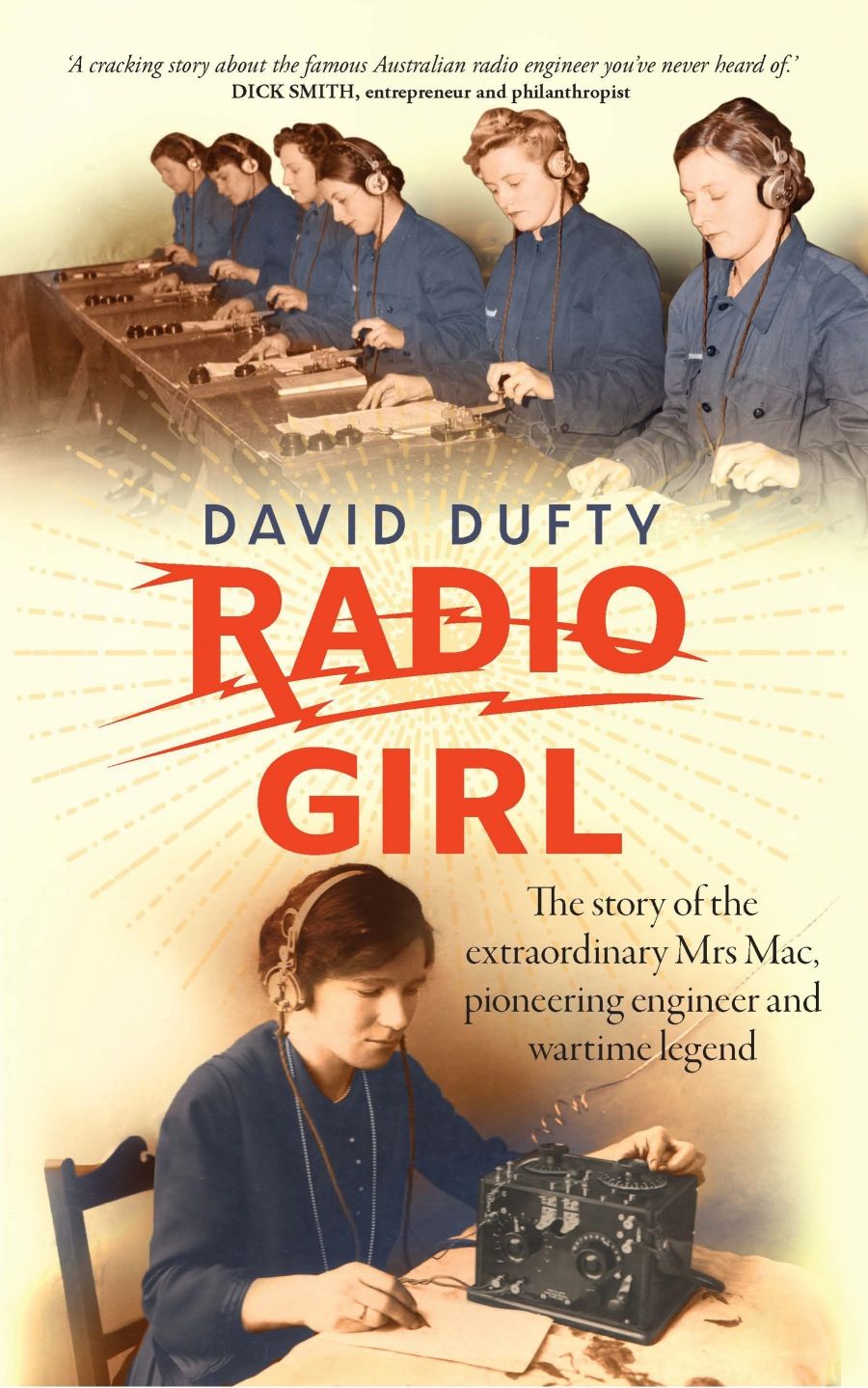

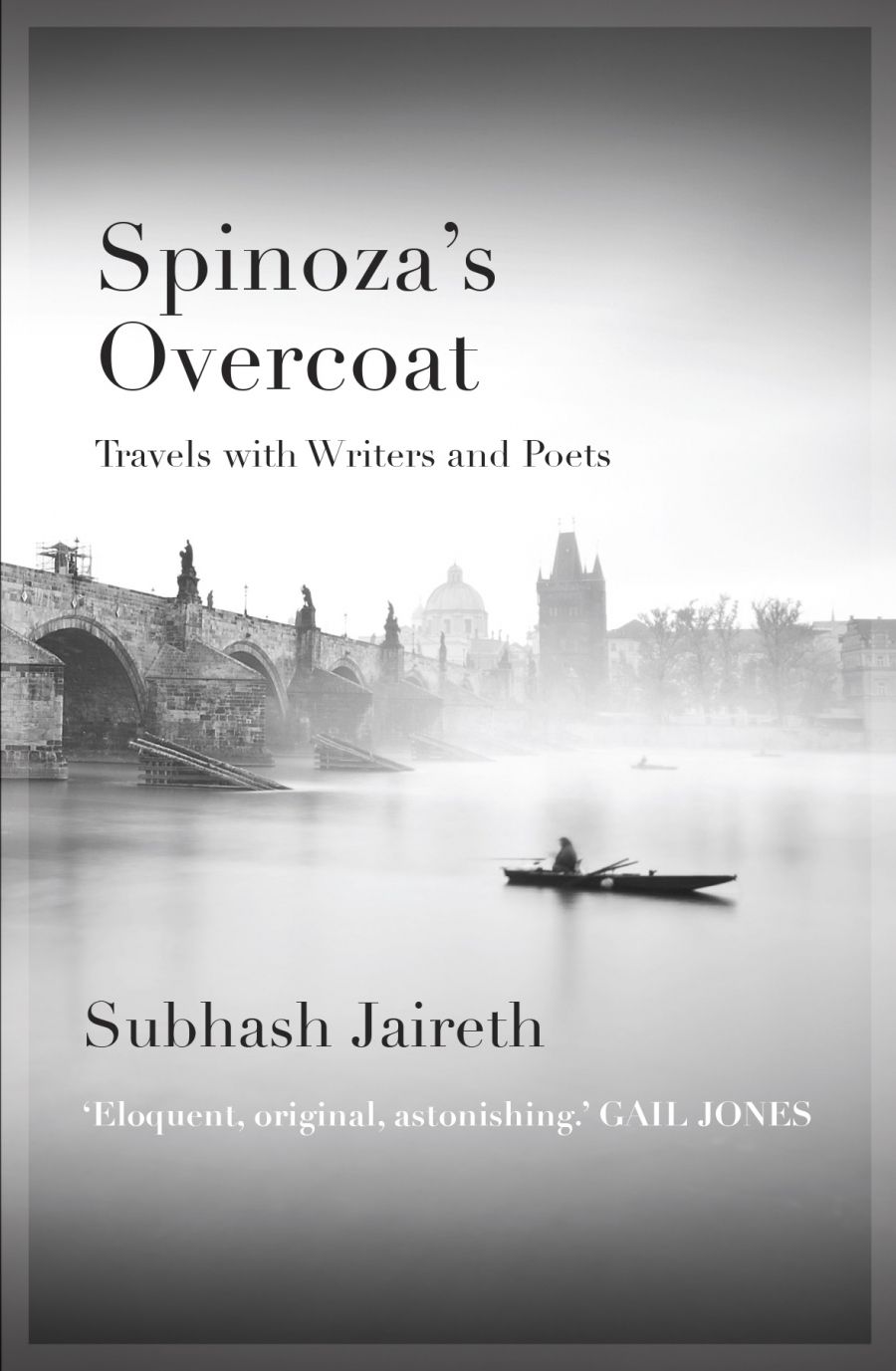



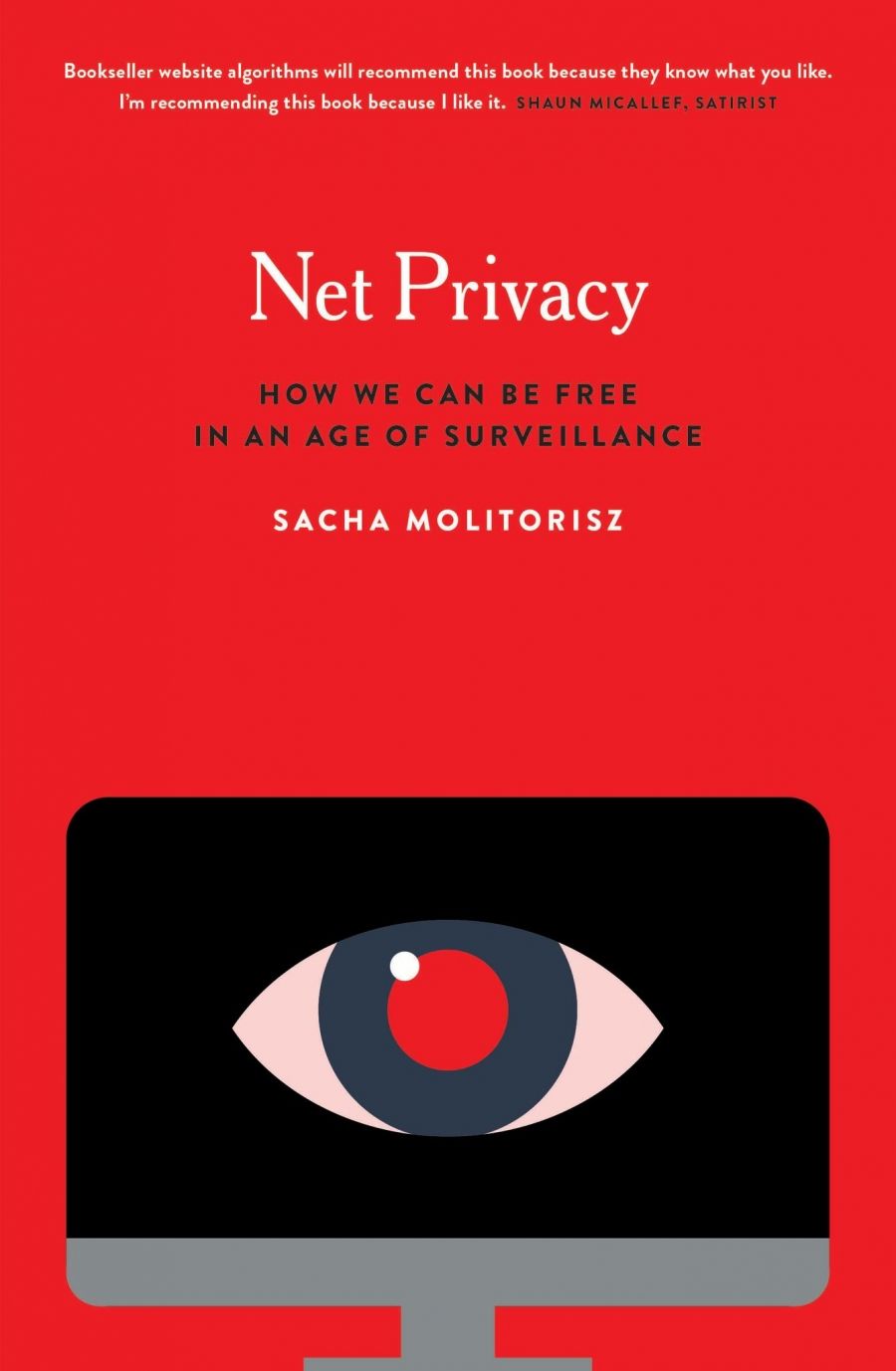



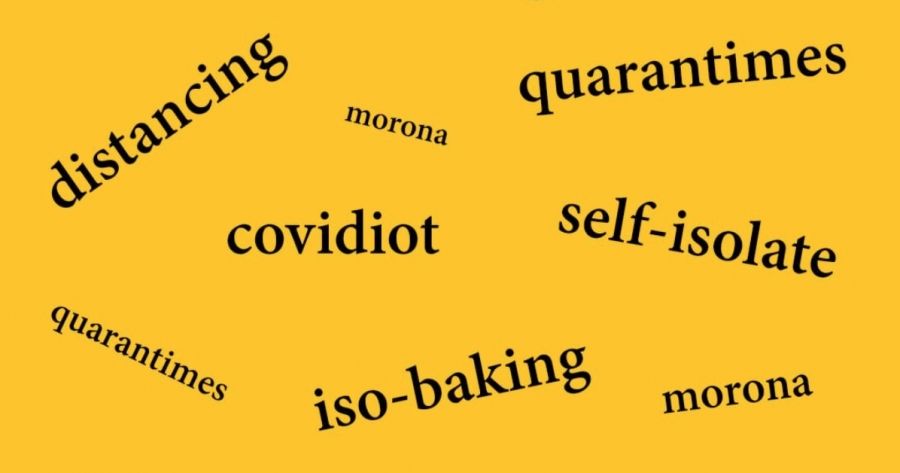







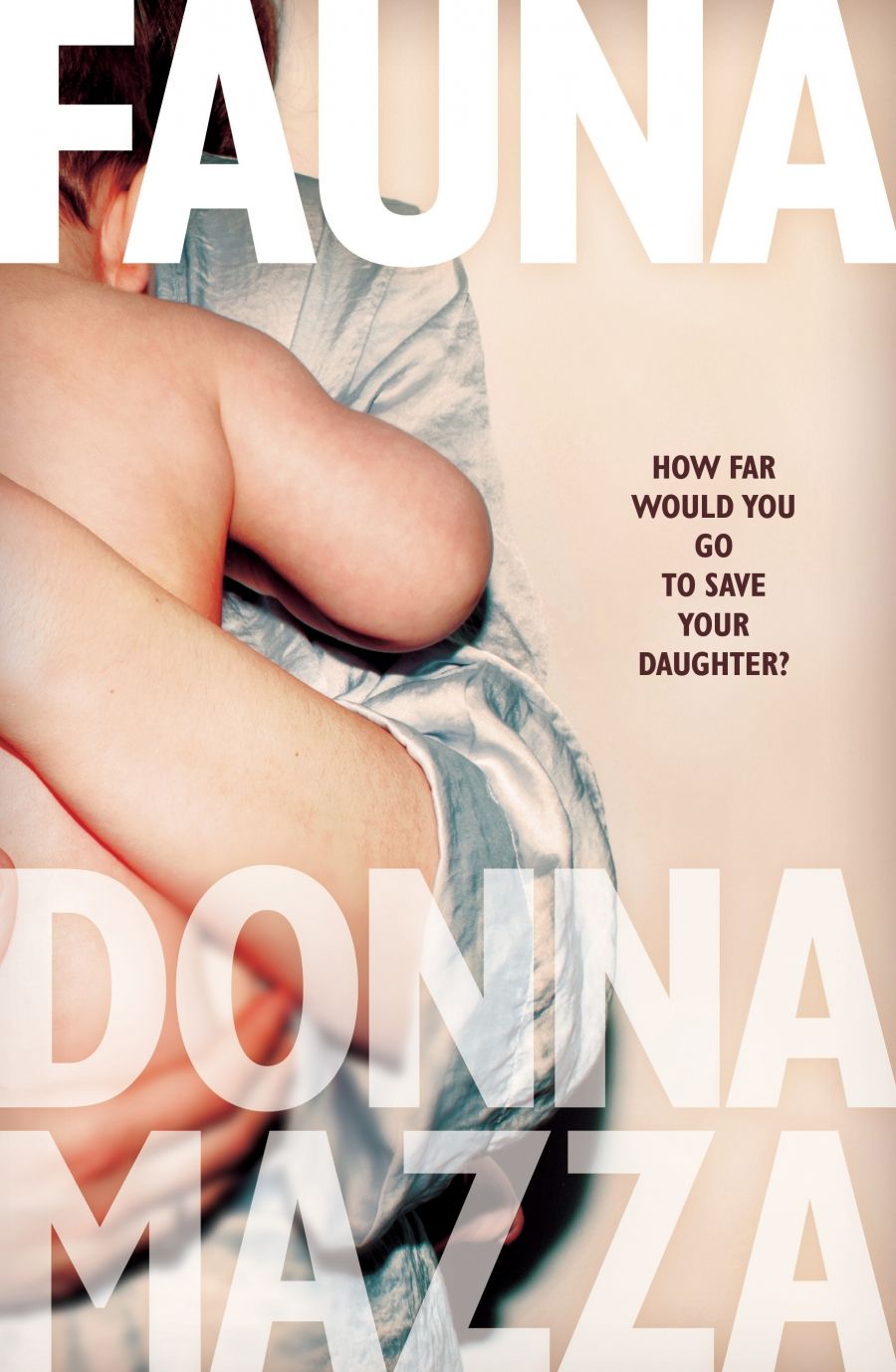

%20z.jpg)



